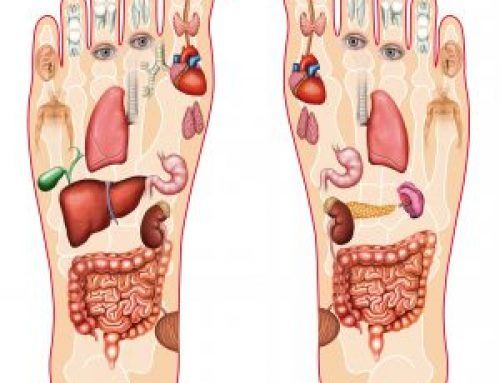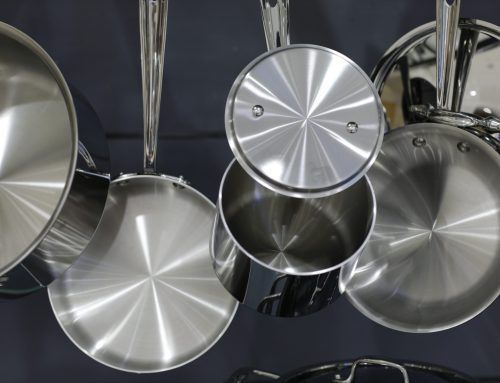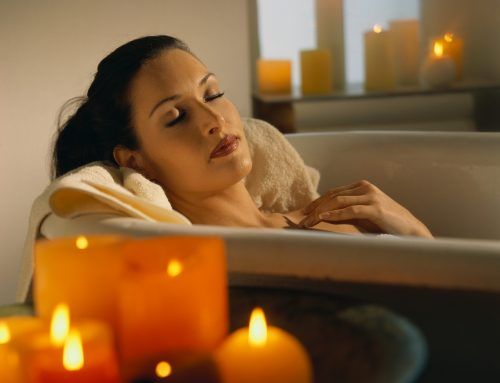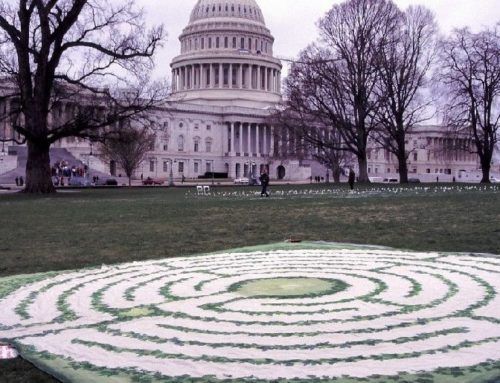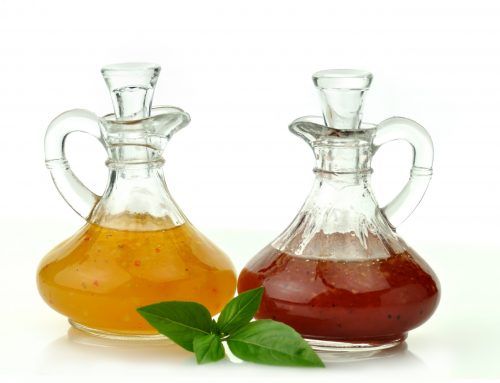I’m a redhead and I just took a 15-minute sun bath. It’s around noon (by the sun) and it’s July. Do you think I’m nuts? I’m not. I’m just getting my Vitamin D—the old-fashioned way.
Vitamin D is a fat soluble vitamin that is found in some foods, such as cod liver oil, and can also be made in your body after exposure to ultraviolet (UV) rays from the sun. Sunshine is a significant source of vitamin D because UV rays from sunlight trigger vitamin D synthesis in the skin.
The major biologic function of vitamin D is to maintain normal blood levels of calcium and phosphorus. By promoting calcium absorption, vitamin D helps to form and maintain strong bones. Vitamin D also works in concert with a number of other vitamins, minerals, and hormones to promote bone mineralization. Without vitamin D, bones can become thin, brittle, or misshapen. Vitamin D sufficiency prevents rickets in children and a softening of the bones in adults (sometimes due to the malabsorption of Vitamin D in the intestines), two forms of skeletal diseases that weaken bones.
Research also suggests that vitamin D may help maintain a healthy immune system, help regulate cell growth and differentiation, the process that determines what a cell is to become, and prevent some cancers (see yellow box below).
Sunbathe without Sunscreen*
Have you ever read the ingredient list on your favorite suntan lotion or sun block? Remember you skin is the biggest organ in your body and what you put on your skin will be absorbed into the blood stream.
Secondly, and perhaps more importantly, if you slather you skin with sun block you will stop he production of Vitamin D in your skin. If the U.S. National Institutes of Health (NIH) is says, “sun exposure is perhaps the most important source of vitamin D because exposure to sunlight provides most humans with their vitamin D requirement.” Surprised?
Be surprised again. Again NIH site also recommends, “ten to fifteen minutes of sun exposure at least two times per week to the face, arms, hands, or back without sunscreen is usually sufficient to provide adequate vitamin D.” (By the way, dark-skinned people have more melanin which provides a natural skin protection factor (SPF), but it also means they need to spend more time in the sun, uncovered, to get adequate Vitamin D.)
Yes, without sunscreen. That’s because sunscreens with a sun protection factor (SPF) of 8 or greater block UV rays that produce vitamin D. NIH says, “an initial exposure to sunlight (10 -15 minutes) allows adequate time for Vitamin D synthesis and should be followed by application of a sunscreen with an SPF of at least 15 to protect the skin.”
I disagree with the use of sunscreen. I reserve the use of sunscreens or blocks for very extreme cases of sun exposure—such as several hours at the beach in a bathing suit. But otherwise, I recommend covering up. After getting your Vitamin D, cover up with light-colored clothing or a beach cover.
When I’m not at the beach or pool, and if I know I’m going to be going in and out of buildings in the sun, I will wear short sleeves or go sleeveless. Otherwise, I will wear a long-sleeved top—cotton or linen. I always cover my driving arm, if it’s hanging out the window.
I love cod liver oil for Vitamin D supplementation in the winter, but I believe sunbathing is not only the best way to get Vitamin D, it is also serves to circumvent intestinal malabsorption issues (as mentioned earlier), since the Vitamin D goes right into the blood stream.
Synthetic D
Milk in America is fortified with Vitamin D, but according to the U.S. Office of Dietary Supplements, dairy products made from milk, such as cheese and ice creams, are generally not fortified with vitamin D and contain only small amounts.
But even then, It’s synthetic D. Pundits can promote it all they want, but I don’t think it’s the same thing as the D synthesized by our skin from direct sunlight. This is a big topic on it’s own that I will address in another article sometime.
If you haven’t slipped into the sun yet, here is a direct quote from NIH.
| Epidemiologic studies suggest that a higher dietary intake of calcium and vitamin D, and/or sunlight-induced vitamin D synthesis, correlates with lower incidence of cancer. In fact, for over 60 years researchers have observed an inverse association between sun exposure and cancer mortality. The inverse relationship between higher vitamin D levels in blood and lower cancer risk in humans is best documented for colon and colorectal cancers. Vitamin D emerged as a protective factor in a study of over 3,000 adults (96% of whom were men) who underwent a colonoscopy between 1994 and 1997 to look for polyps or lesions in the colon. About 10% of the group was found to have at least one advanced neoplastic (cancerous) lesion in the colon. There was a significantly lower risk of advanced cancerous lesions among those with the highest vitamin D intake. |
*Please ignore the Google ads for sunscreen, drugs, etc. If I wanted to get rid of them, I would have to block tens of advertisers–and then do it again the next day. However, there are some good ones dealing with Vitamin D, sun lamps, etc.
For more information, see:
Sunlight, Nutrition And Health Research Center—This site has a lot of good to say about our need for Vitamin D, but I don’t agree with the low-fat vegan diet.

